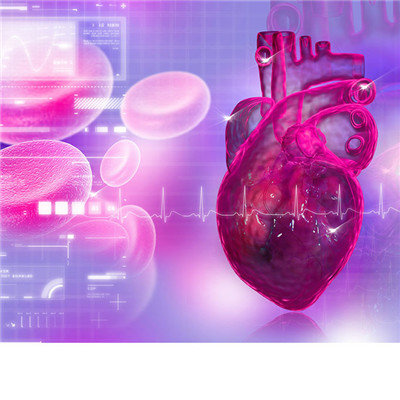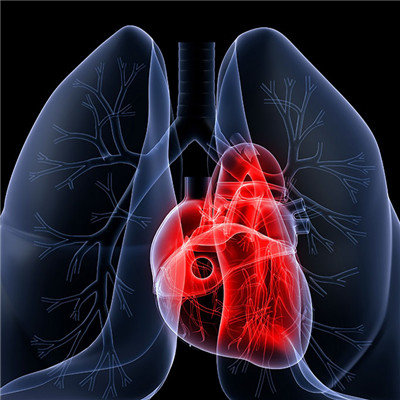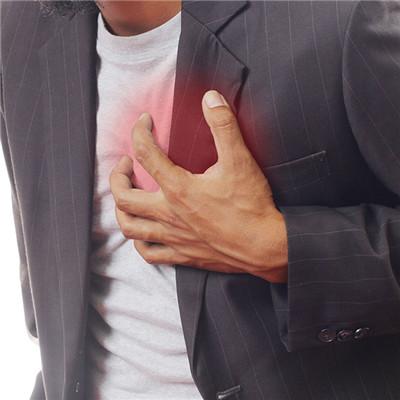What is Ebstein syndrome?
summary
What is Ebstein syndrome? Ebstein's syndrome, also known as Ebstein's anomaly, refers to the fact that the tricuspid septal valve and (or) the posterior valve and the anterior valve occasionally move downward and attach to the right ventricular wall near the apex, accounting for about 0.5% - 1.0% of congenital heart disease. This disease is also known as Ebstein anomaly.
What is Ebstein syndrome?
The right atrioventricular ring was in normal position (usually enlarged), the anterior tricuspid valve was normally attached to the annulus fibrosus, while the attachment points of the diaphragmatic valve and the posterior valve were obviously moved down and located on the endocardium of the right ventricular wall. The degree of downward movement and the way of attachment vary from person to person. Even if the attachment point of the affected valve is close to the annulus fibrosus, it can often adhere to the right ventricular wall at different parts of the distal part of the annulus fibrosus due to the long leaflet. In addition, these leaflets can be attached to the interventricular septum and right ventricular apex by means of abnormal chordae tendineae, and the posterior tricuspid valve is often underdeveloped or completely absent. All of the above can cause tricuspid regurgitation. In a few patients, the tricuspid valve fused into a diaphragm in the ventricular cavity, and there was a pore in the middle or lateral margin, through which the right atrial blood flow must be injected into the ventricle, thus hindering the atrial emptying.

The onset of Ebstein syndrome can be early or late, the symptoms can be mild or severe, and the signs can be varied. Severe malformation can lead to obvious cyanosis and congestive heart failure after birth; If the deformity is mild, it may not appear obvious symptoms until adulthood. The most prominent symptoms of the malformation are cyanosis and congestive heart failure. The main signs of Ebstein's syndrome include: distended and quiet precordial area (no obvious precordial pulsation on inspection, no pulmonary artery closure on palpation).

According to the clinical manifestations and hemodynamic changes, Ebstein's syndrome can be divided into three types: ① mild: no or mild cyanosis, cardiac function grade I-II, mild to moderate cardiac enlargement, left to right shunt, no pressure difference between right atrium and functional right ventricle, no double ball sign in cardiac angiography, no operation or only closure of intracardiac defect, good prognosis. ② Stenosis type: cyanosis is obvious, cardiac function is above grade II, heart is slightly to moderately enlarged, pulmonary circulation blood flow is reduced, there is pressure difference between the expanded right atrium and functional right ventricle, intracardiac shunt is right to left, double ball sign is seen in angiocardiography, and surgical treatment is needed. ③ Atresia imperfecta type: no or mild cyanosis, cardiac function above grade II, severe enlargement of heart, no pressure difference between right atrium and functional right ventricle, intracardiac shunt can be left to right or right to left, angiography shows that the right atrium is very large, with double ball sign, requiring surgical treatment.

matters needing attention
Ebstein syndrome is a kind of congenital heart disease with poor prognosis. This kind of patients can die soon after birth, and also have no obvious symptoms until adulthood. Genton reported a 79 year old patient who was asymptomatic. Some people think that the average age of death is 23-26 years old. Generally speaking, the earlier cyanosis and congestive heart failure appear, the worse the prognosis is; The larger the heart, especially in the short term, the worse the prognosis; The more severe the tricuspid valve malformation was, the worse the prognosis was; The prognosis of patients with severe complications is poor. The main cause of death is congestive heart failure. A few patients may die suddenly due to arrhythmia. In addition, they may die of embolism, infection and other complications.














